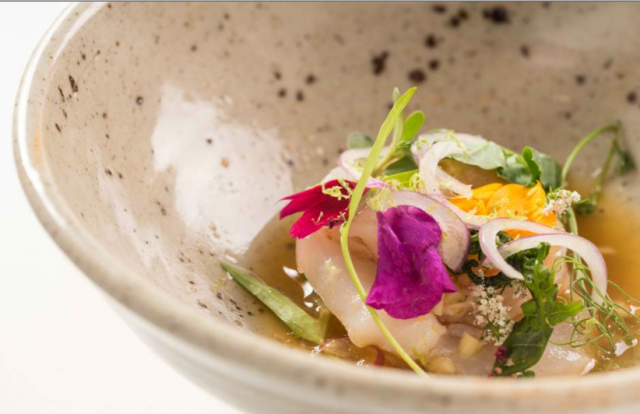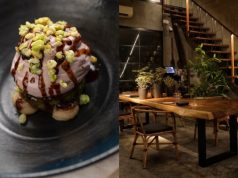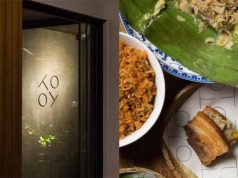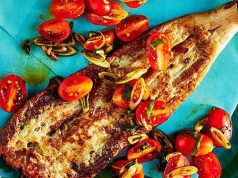With more than 7,000 islands in the country, it is no surprise that the Philippines has diverse food cultures, flavor profiles, and ways of cooking.
Chef Jordy Navarra of Toyo Eatery explores these features in his talk entitled “A Filipino Cuisine: Sustainability Through Practicality” on the last day (April 8) of the recently concluded Madrid Fusion Manila in Pasay City.
“There’s this unspoken understanding that Manila is the city that best defines what Philippines is today, however, the reality is that it is just a speck of what these islands represent,” Chef Navarra said.
Navarra tries to capture the country’s gastronomic diversity and culture through the dishes he makes. One of those is Toyo Eatery’s Bahay Kubo, which he demonstrated at the event.
Bahay Kubo is a Filipino folk song about a garden that has different vegetables. Chef Navarra pays homage to the song by creatively making a dish using all the 18 vegetables mentioned in it.
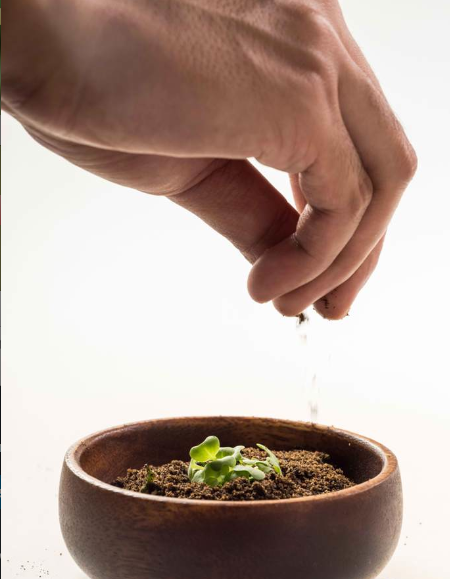
“We’ve put all the vegetables in one plate. We tried to apply different techniques or different methods to sort of get them to work together as a dish,” Chef Navarra said.
“It’s relatable, it’s cultural, the ingredients are very local, and because of the use of local ingredients, we feel the terroir of vegetables really give that very local flavour profile,” he added.
Chef Navarra also put into spotlight of “food artisans” in local communities such as tapuey (rice wine) makers or fishermen in small fishing villages.
“We want to represent these people who we think represent the Filipino spirit,” said Chef Navarra, who frequently travels with his team to learn and to connect with other people, other cultures, and other chefs.
One of those Filipinos he has met is Jun Fabre who is from a small fishing folk in Batanes. Fabre’s community only fish for two and a half months, and try to sustain for the rest of the nine and a half months without fishing.
Fabre’s community specifically catches dorado, which they preserve, and share within the community. To show this practice, Fabre shared the stage with Chef Navarra, and demonstrated the process of cutting the fish in preparation for its preservation.
What was left of the fish after cutting was not put to waste. Chef Navarra made a kinilaw (ceviche) out of its remaining parts using vinegar, pickled ginger, and sibuyas tagalog (native onion).

These local communities operate on small-scale production, which Navarra considers as a sustainable practice.
“A lot of times, we don’t value our own as much as we should. Sometimes in the Philippines, they equate quality with the scale of operation but there’s also value in small, sustainable operations,” he said.
To cap off his presentation, Chef Navarra noted that “looking inward and finding inspiration in the traditions of those around us can be the basis for our pursuit of progress and innovation.”

